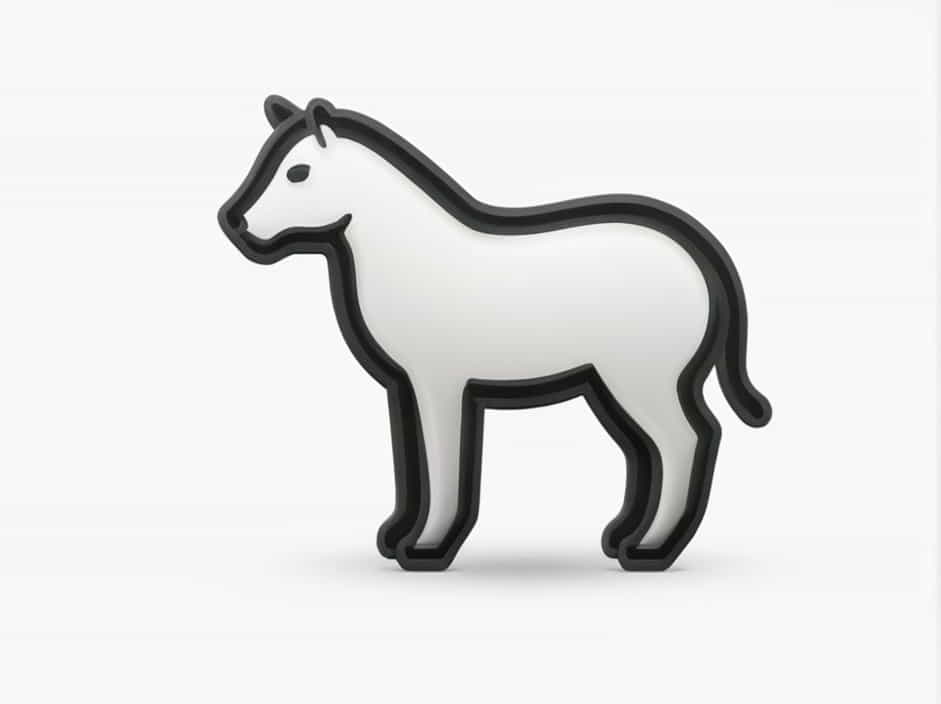The pelvis is a crucial part of an animal’s skeletal structure, supporting movement, reproduction, and balance. Some animals have larger pelvises than others, often due to their size, mode of locomotion, or reproductive needs.
In this topic, we’ll explore which animals have big pelvises, why they evolved this way, and how their pelvis shapes affect their abilities.
What Is a Pelvis and Why Does Size Matter?
The pelvis is the bony structure located in the lower part of the body. It connects the spine to the hind limbs, supporting movement and weight distribution. The size and shape of the pelvis vary depending on the species’ needs, including:
✔ Walking and running efficiency
✔ Childbirth and reproduction
✔ Swimming and balance
Now, let’s dive into some animals with big pelvises and why they have them.
1. Elephants: Large Pelvis for Heavy Bodies
Elephants have massive pelvises to support their enormous weight. Their wide hip bones help distribute their body mass and provide a strong base for their powerful legs.
Why Do Elephants Need Big Pelvises?
✔ Weight Support – Elephants can weigh over 12,000 pounds, requiring a strong pelvis for balance.
✔ Efficient Walking – Their pelvis allows them to move smoothly despite their size.
✔ Reproductive Role – Female elephants have wide pelvic openings to give birth to large calves.
2. Hippopotamuses: Big Pelvis for Swimming and Weight Distribution
Hippos have wide, strong pelvises that help them move efficiently in water and on land. While they appear bulky, their pelvic structure aids in stability when walking on riverbeds.
Why Do Hippos Have Large Pelvises?
✔ Semi-Aquatic Lifestyle – Their pelvis supports powerful leg movements for walking underwater.
✔ Heavy Body Mass – Their hip bones help distribute their weight evenly.
✔ Strong Hind Limbs – Hippos rely on their pelvis to generate powerful strides.
3. Whales: A Unique Pelvis for Aquatic Life
Unlike land animals, whales have a vestigial pelvis, meaning it is no longer used for walking. However, it still plays an important role in supporting reproductive organs.
Why Do Whales Still Have a Pelvis?
✔ Evolutionary Remnant – Whales evolved from land-dwelling ancestors, which once had functional legs.
✔ Reproductive Support – The pelvic bones help anchor reproductive muscles.
✔ Structural Stability – Even without legs, the pelvis contributes to body balance.
4. Kangaroos: A Pelvis Built for Jumping
Kangaroos have a uniquely shaped pelvis that allows them to hop efficiently. Their elongated and forward-tilted pelvis enables them to generate powerful jumps.
How Does a Big Pelvis Help Kangaroos?
✔ Shock Absorption – Their pelvis supports impact when landing after jumps.
✔ Efficient Energy Use – The pelvis helps store energy for continuous hopping.
✔ Supports a Strong Tail – Kangaroos use their tails as a fifth limb, and their pelvis aids in balance.
5. Bears: Large Pelvis for Strength and Mobility
Bears are heavy animals that rely on their strong pelvises for stability and movement. Since they can walk on all fours and stand on two legs, their pelvis must support both postures.
Why Do Bears Have Large Pelvises?
✔ Weight Distribution – Bears’ pelvises help them shift between quadrupedal and bipedal movement.
✔ Powerful Hind Limbs – A strong pelvis supports their ability to climb and stand.
✔ Adaptation for Strength – Bears use their hind legs for combat and defense, needing a sturdy pelvic structure.
6. Ostriches: A Large Pelvis for Running
Ostriches are the largest birds, and their pelvises are adapted for fast running. Their long, strong pelvic bones provide attachment points for powerful leg muscles.
How Does the Pelvis Help Ostriches?
✔ Supports High-Speed Running – Ostriches can reach speeds of up to 60 mph.
✔ Light but Strong Structure – Their pelvis is designed to be both sturdy and lightweight.
✔ Balance and Stability – A well-developed pelvis helps keep them upright.
7. Gorillas: Large Pelvis for Upright Movement
Gorillas have wide pelvises similar to humans but adapted for quadrupedal movement. Their strong hip structure helps support their massive upper body weight.
Why Do Gorillas Have Big Pelvises?
✔ Supports Bipedal and Quadrupedal Walking – Gorillas sometimes walk on two legs but mostly use all fours.
✔ Helps With Climbing – A strong pelvis allows them to move through trees efficiently.
✔ Assists in Reproduction – A wider pelvic opening helps during childbirth.
Many animals have large pelvises for different reasons, whether for walking, swimming, running, or giving birth. From elephants and hippos to kangaroos and ostriches, each species has a unique adaptation that helps them thrive in their environment.
Understanding how the pelvis functions in different animals gives us a fascinating glimpse into evolution and biomechanics. Whether it’s for speed, strength, or survival, a big pelvis plays a crucial role in animal movement and adaptation.
